Re: Nagorno-Karabagh: Military Balance Between Armenia & Azerbaijan
Restoring Armenia's Military Manufacturing Sector: Is It Feasible?
14:06, March 12, 2014
Efforts are underway in Armenia to restore the military manufacturing sector in Armenia and a bill designed to do just that is now in the parliament’s upcoming agenda.
Armenia had been integrated into the Soviet Union’s powerful military manufacturing sector and mainly contributed with scientific input and skills.
Large scientific centers were established in Armenia, and while they didn’t produce weapons as finished products, they did carry out vital research.
As the war in Artsakh raged on, Armenia was able to produce bullets and certain advancements were made in the field of equipment spare parts repair and production. Nevertheless, the military manufacturing sector never took shape and Soviet-era facilities were shut down.
Attempts at the HrazdanMach plant to produce grenades and mortars weren’t successful. Today, a company called Aspar manufactures a variety of guns (revolvers, sniper rifles and automatic weapons) they have been tested in various military schools. If everything goes well, the company might go into full-scale production. But the company is mainly focused on the market for hunting weapons. There are projects to create joint Armenia-Russian companies for the production of armored military vehicles.
Armenia must also come to grips with the fact that neighboring Azerbaijan is investing huge resources into organizing military production. Presently, they are experimenting with the production of armored vehicles on Russian and Turkish equipment models. Azerbaijan is intent to patent and copy what others are producing and is stressing cooperation with Turkish companies. Of late, Armenia has placed greater focus on designing its own equipment.
Naturally, the military manufacturing sector will not sprout just because a bill has been drafted. Such an objective requires huge investments. But history shows that countries like Armenia are capable of establishing strong military production facilities by taking advantage of recent innovations.
Just look at the examples of Israel and Serbia. But such facilities will only prove successful if they break into the international market. Otherwise they will become a financial burden to the state. Some believe that the longer prospects in Armenia are good for light-manufactured goods, pilotless drones, guns and optical equipment. Armenia agrees, and is setting its sights on the production of guns and light military carriers. Down the line, it looks to manufacture drones.
The international arms and armaments market is already saturated and mostly monopolized as well. The big players are Russia, the U.S. and Western Europe. But Armenia is located in a complex strategic region where the demand for arms will remain high in the coming decades. Let’s not forget the world arms market is worth around US$400 billion annually.
According to the Stockholm International Peace Research Institute (SIPRI), the U.S. is the top arms exporter (30%), followed by Russia (26%), Germany (7%), France (6%) and China (5%).
The end of the war in Iraq has negatively impacted U.S. arms exports and has benefitted Russia. Moscow’s top arms importers are Syria and India.
If Armenia is able to manufacture an innovative line of new weapons, in cooperation with Russian firms, it just might get a toe hold in Russian military exports.
Restoring Armenia's Military Manufacturing Sector: Is It Feasible?
14:06, March 12, 2014
Efforts are underway in Armenia to restore the military manufacturing sector in Armenia and a bill designed to do just that is now in the parliament’s upcoming agenda.
Armenia had been integrated into the Soviet Union’s powerful military manufacturing sector and mainly contributed with scientific input and skills.
Large scientific centers were established in Armenia, and while they didn’t produce weapons as finished products, they did carry out vital research.
As the war in Artsakh raged on, Armenia was able to produce bullets and certain advancements were made in the field of equipment spare parts repair and production. Nevertheless, the military manufacturing sector never took shape and Soviet-era facilities were shut down.
Attempts at the HrazdanMach plant to produce grenades and mortars weren’t successful. Today, a company called Aspar manufactures a variety of guns (revolvers, sniper rifles and automatic weapons) they have been tested in various military schools. If everything goes well, the company might go into full-scale production. But the company is mainly focused on the market for hunting weapons. There are projects to create joint Armenia-Russian companies for the production of armored military vehicles.
Armenia must also come to grips with the fact that neighboring Azerbaijan is investing huge resources into organizing military production. Presently, they are experimenting with the production of armored vehicles on Russian and Turkish equipment models. Azerbaijan is intent to patent and copy what others are producing and is stressing cooperation with Turkish companies. Of late, Armenia has placed greater focus on designing its own equipment.
Naturally, the military manufacturing sector will not sprout just because a bill has been drafted. Such an objective requires huge investments. But history shows that countries like Armenia are capable of establishing strong military production facilities by taking advantage of recent innovations.
Just look at the examples of Israel and Serbia. But such facilities will only prove successful if they break into the international market. Otherwise they will become a financial burden to the state. Some believe that the longer prospects in Armenia are good for light-manufactured goods, pilotless drones, guns and optical equipment. Armenia agrees, and is setting its sights on the production of guns and light military carriers. Down the line, it looks to manufacture drones.
The international arms and armaments market is already saturated and mostly monopolized as well. The big players are Russia, the U.S. and Western Europe. But Armenia is located in a complex strategic region where the demand for arms will remain high in the coming decades. Let’s not forget the world arms market is worth around US$400 billion annually.
According to the Stockholm International Peace Research Institute (SIPRI), the U.S. is the top arms exporter (30%), followed by Russia (26%), Germany (7%), France (6%) and China (5%).
The end of the war in Iraq has negatively impacted U.S. arms exports and has benefitted Russia. Moscow’s top arms importers are Syria and India.
If Armenia is able to manufacture an innovative line of new weapons, in cooperation with Russian firms, it just might get a toe hold in Russian military exports.


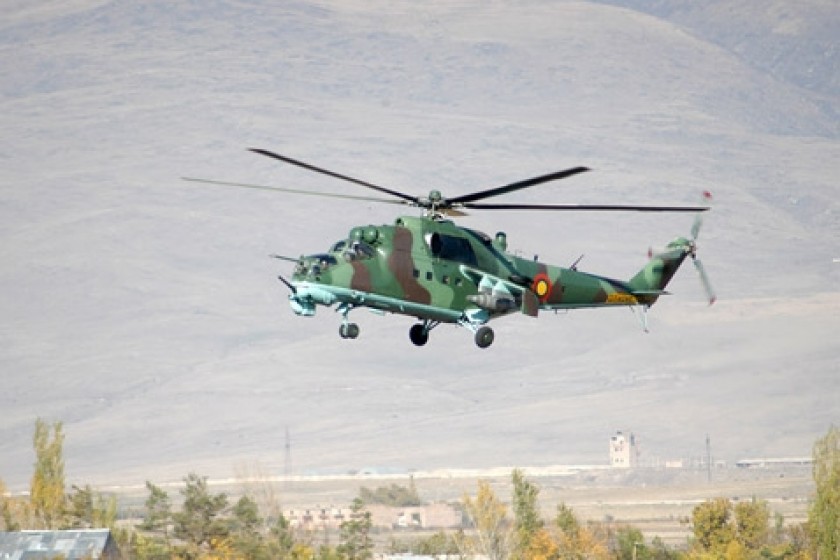




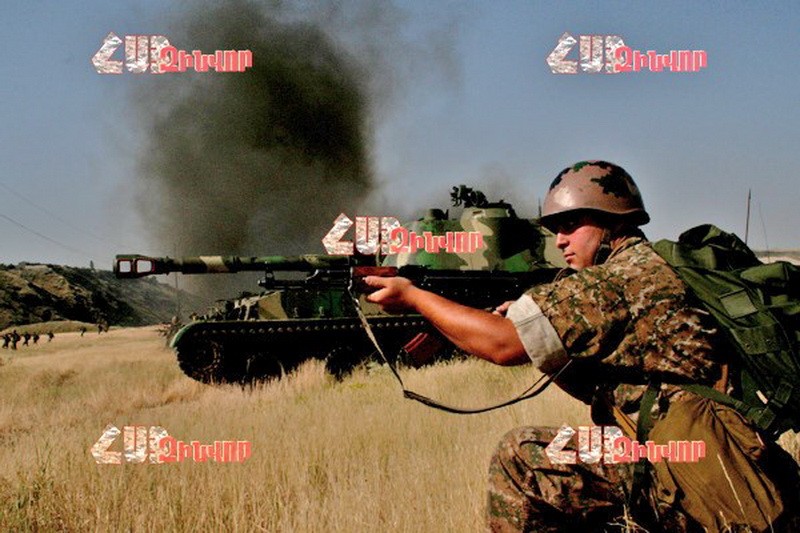





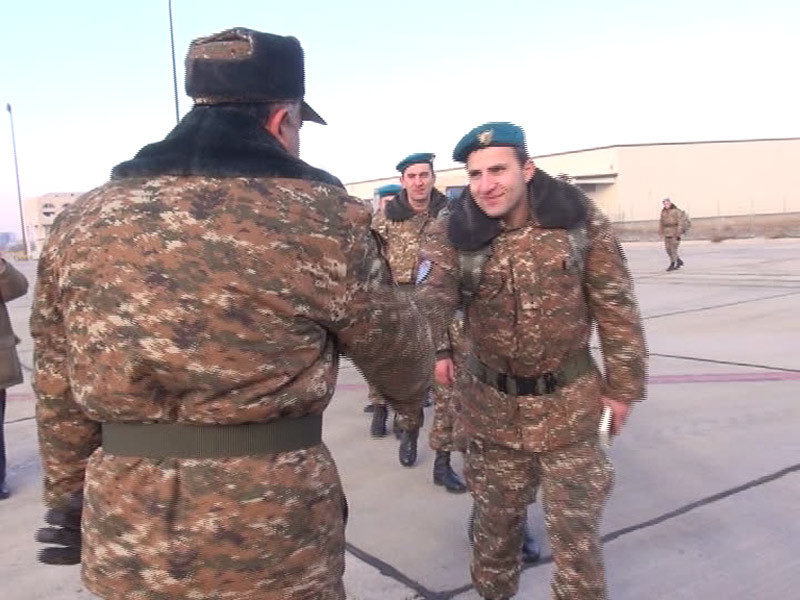




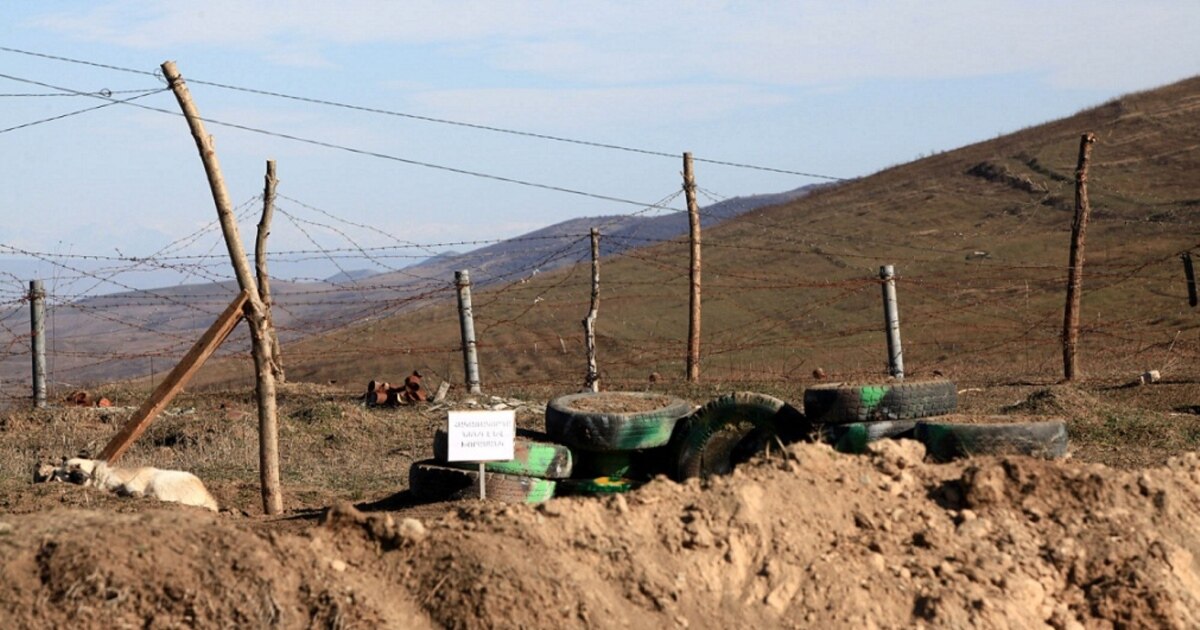


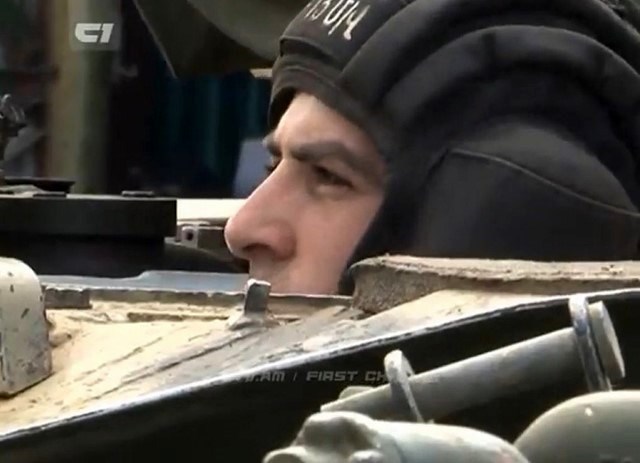

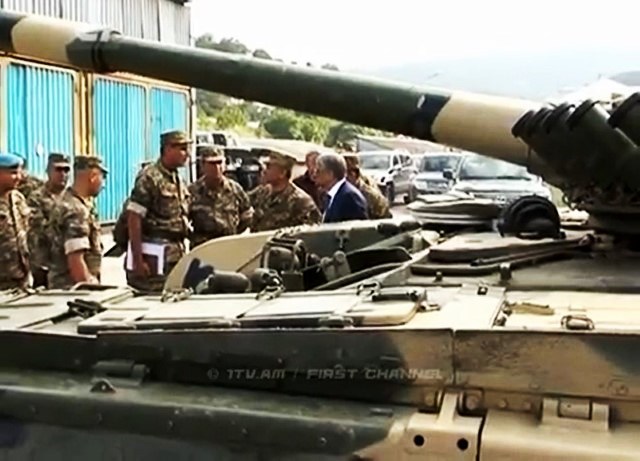






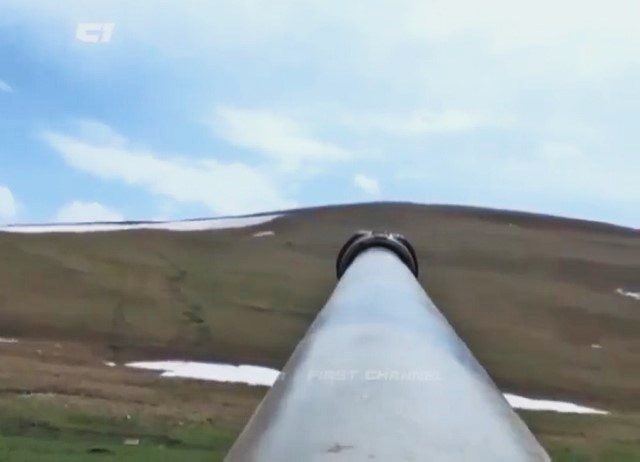

Comment